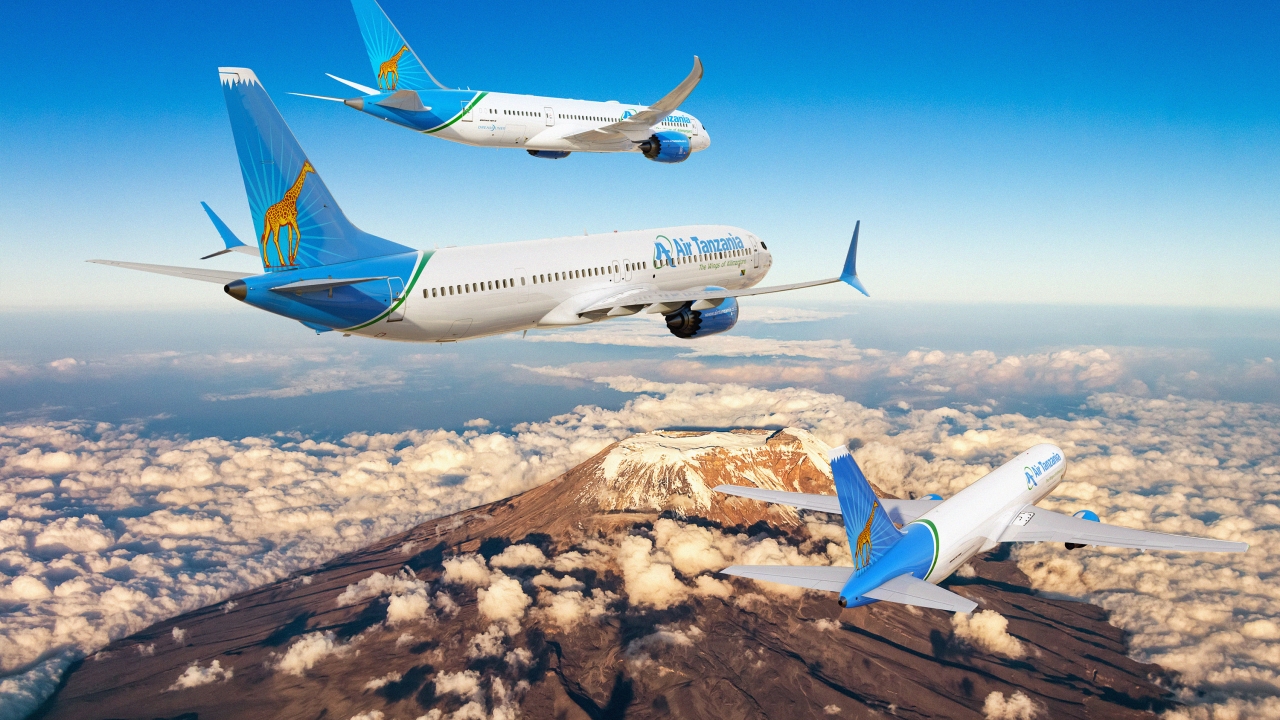Is Kane able to take Air Senegal to the next level?
Air Senegal is pursuing its roll-out with a well-defined strategy in line with the government’s ‘Emerging Senegal’ plan. Anuradha Deenapanray Chappard met with CEO, Ibrahima Kane, one of the young generation of African leaders ready for positive change.

Today, Air Senegal has one of the highest growth rates among African airlines, fuelled by a Senegalese gross domestic product (GDP) rate that is expected to reach 6.3% this year and 6.8% in 2021.
In 2019, the airline transported more than 400,000 passengers. It is modernising and adapting its fleet to its market.
It was the first airline to take delivery of the A330neo (Casamance) in Africa and, since then, a second one (Sine Saloum) has been added to its fleet.
According to CEO, Ibrahima Kane, this “effective tool” will help the airline start a new phase of its development.
Since his appointment in April 2019, Kane has been regularly revisiting the operations strategy. “But the mission and the overall strategy do not vary. There is consistency. It’s about managing efficiently the accelerated growth of the airline,” he said.
Air Senegal’s strategy is part of a broader national development plan, launched in 2014, which will extend until 2035.
The Dakar hub is one of the strategy pillars. Its three components include the new Blaise Diagne International Airport (AIBD), inaugurated in December 2017, the launch of Air Senegal, and the development/renovation of domestic airports.
Air Senegal took a further step in its development strategy in November by signing a memorandum of understanding (MoU) for eight A220s. According to Kane, these aircraft will help improve its competitiveness through fuel savings and enhanced profitability, as well as creating new routes to Europe and west Africa.
“We have a good geographical location, which allows us to use the same aircraft to combine day and night flights to connect our hub”, he explained.
This new flight scheme will ensure operational efficiency through optimal fleet management. The airline’s 2020 development plan targets a fleet of eight aircraft.
The CEO added that the main assets for the construction of a hub are government support, political stability, and the seriousness that the country inspires to attract investors.
Air Senegal currently serves around 12 destinations in the sub-region including Abidjan, Bamako, Conakry, Niamey, Ouagadougou and Praia. It has served Marseille (France) and Barcelona (Spain) since mid-December.
New routes have been added in the region to Abuja, Accra, Lagos, Nouakchott and Casablanca. Flights to London, Geneva and the United States (New York and Washington) will start this summer.
Opportunities are huge but challenges need to be addressed.
“We remain focused on our mission. The success of Air Senegal’s development strategy will depend on fuel costs, human resources, finance, maintenance, training and how we put forth our expertise and know-how,” said Kane.
The CEO believes the single African air transport market (SAATM) is necessary. “Ultimately, our hub will need to open up to welcome other airlines. However, countries and organisations concerned will need a ‘controlled evolution’,” he explained.
Furthermore, he has a rational point of view on taxes. The bottom line “is that there is no imbalance in competitiveness”. According to him, there’s a need to study the impact of the tax on infrastructure. Taxation must be part of a broader policy in terms of attractiveness for the country and its visibility.
“We have almost two years of existence but 40 years of experience,” he said. “Air Senegal is part of a long aviation heritage. We, therefore, have operational, maintenance and regulatory expertise in this area. This will allow us to manage this rapid acceleration.”
Kane is confident that Air Senegal will have its role to play in the consolidation and integration of the aviation sector within the African continent.
Stay up to date
Subscribe to the free Times Aerospace newsletter and receive the latest content every week. We'll never share your email address.

